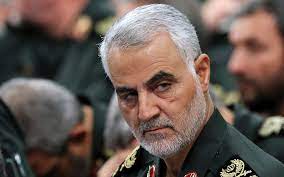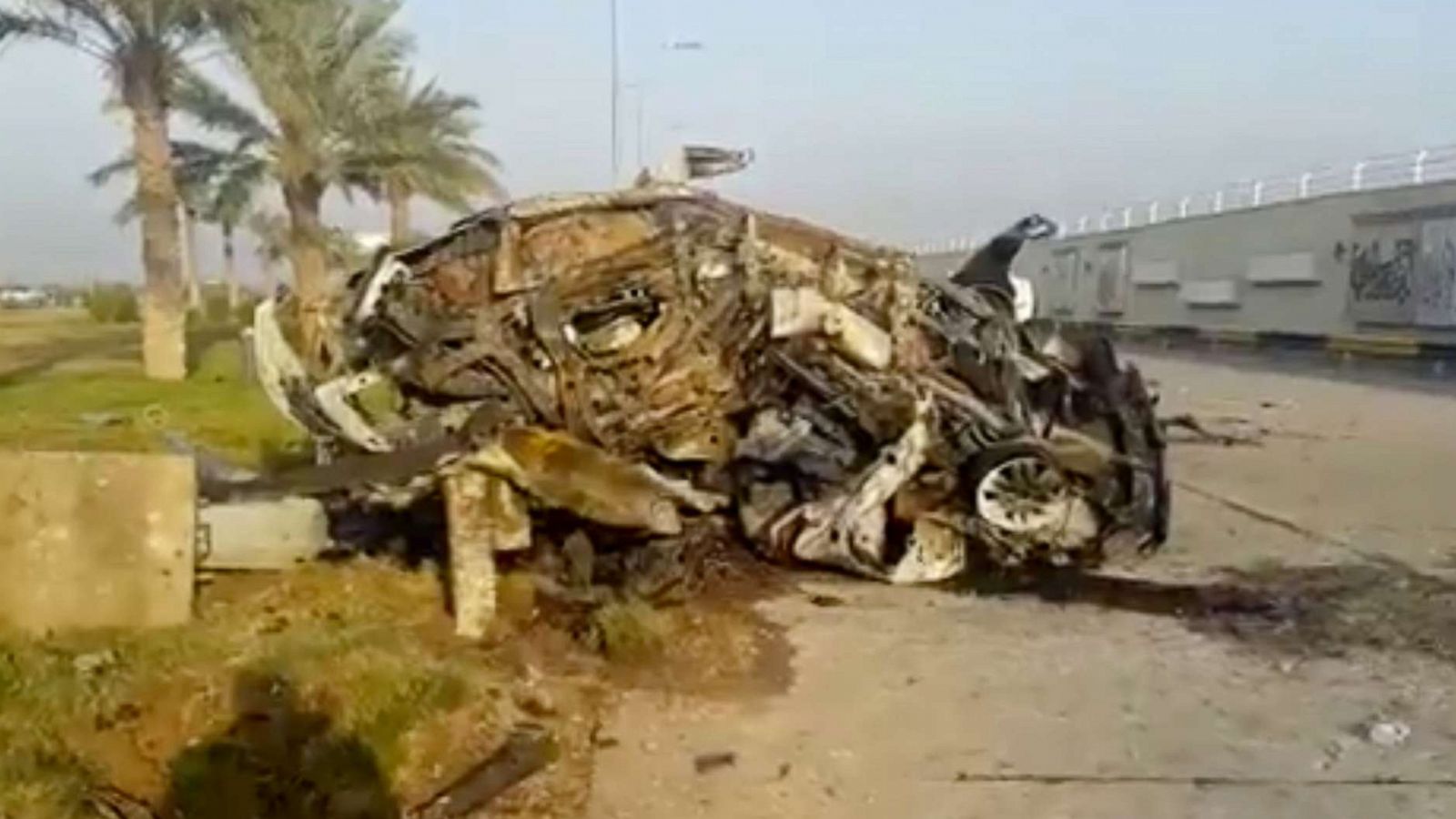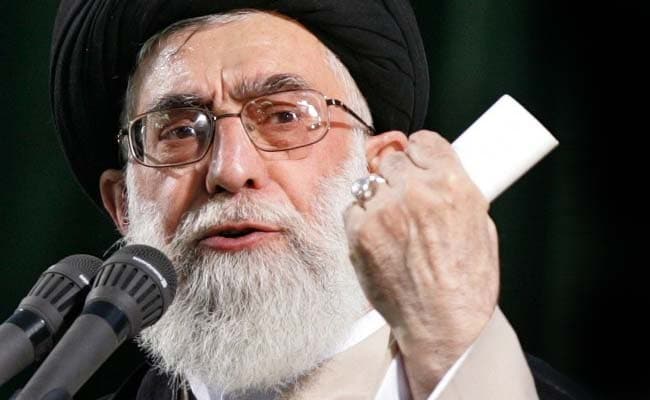The big question is whether it will cause World War III.

Early Wednesday morning, at 3 pm in the afternoon Iranian time, a suicide bomber a mile from the modest grave of Lieutenant General Qasem Soleimani in southeastern Iran’s Kerman province blew himself up.  Then, 20 minutes later, as people crowded to the explosion’s site to help the injured, a second suicide bomber detonated his vest.  This time, over one and a half miles from Soleimani’s grave.
Between them, the two bombers killed 84 people and injured 284.
Why would the crowd around Soleimani’s grave be so massive that a bomb a mile away would kill over a hundred people? A hundred people making a pilgrimage to Soleimani’s grave?
Because Qasem Soleimani was not just any person.  When he died four years ago,  Reuters called him â€Å“Iran’s second most powerful man.â€Â  A man destined to become Iran’s next ruler.  How did Qasem Soleimani become so important?
Soleimani was an implementer of the Iranian Islamic Revolution’s global ambitions.  He began his career in 1979, the year the Islamic Revolutionaries overthrew the Shah, established the Islamic Revolutionary state, and created a constitution that called for a global jihad to put every nation on this planet under Sharia law, under Islamic law.
Soleimani led a fight in Afghanistan to seal Iran’s southeastern border from drug cartels and became a power player in Afghanistan’s civil war.  He distinguished himself in Iran’s eight year long war with Saddam Hussein in Iraq.
In 1998, twenty six years ago, he was named head of Iran’s Quds force.  The Quds force is unique.  It controls more than a dozen proxy armies.  Armies like Hamas in Gaza, Hezbollah in Lebanon, the Houthis in Yemen, and roughly half a dozen militias in Iraq.

Soleimani would build those widely scattered forces up to what Iranians call the Axis of Resistance, a military alliance to counter â€Å“The Great Satan,†the hated United States. And to demolish the â€Å“Small Satan,†Israel.
In the end, Soleimani amplified his legend by fighting another hated enemy, the Islamic State.  And by getting the credit for the Islamic State’s defeat in 2017.
In 2020, president Donald Trump decided to make a point. The American embassy in Baghdad had been attacked.   The US Department of Defense said that this was just the beginning. Soleimani was planning  a whole series of attacks on American interests in the Middle East.  And President Trump called Soleimani â€Å“the number one terrorist in the world.â€ÂÂ
Trump declared that, â€Å“Soleimani was plotting imminent and sinister attacks on American diplomats and military personnel, but we caught him in the act and terminated him.â€Â  On January 3, 2020, an American drone killed Soleimani and over ten people in his entourage as their convoy of cars was leaving the Baghdad Airport.
That killing made Soleimani a martyr.  A martyr of such power that Iranians make pilgrimages to his grave.  In fact, so many Iranians make that pilgrimage on the anniversary of Soleimani’s martyrdom, his death, on  January 3rd, that two bombs going off a mile from Soleimani’s gravestone would kill 84 people.
Now back to the question of who dunnit.  Who planted these two bombs?  Most fingers pointed at Israel.  But the US issued a statement saying pointedly that neither Israel nor the USA was behind the bombing.

And this bombing was not Israel’s style.  But remember, one of the feats that gave Soleimani his fame was defeating the Islamic State.  And the Islamic State is fighting for its revival.  This bombing had Islamic State written all over it. So it was no surprise when on Thursday, the day after the bombing, the Islamic State claimed credit.
Now the question is whether Iran will retaliate by attacking Israel and by upping the scale of the Gaza war.
References:
https://www.presstv.ir/Detail/2024/01/03/717547/Leader-message-terrorist-atatcks-Kerman-Soleimani
https://tass.com/russia/1729047
https://www.rferl.org/a/iran-kerman-soleimani-blasts-us-israel-involvement/32759460.html
https://www.rferl.org/a/iran-axis-resistance-proxies-enemies-abroad-quds/32645674.html
https://www.wilsoncenter.org/article/irans-islamist-proxies
https://www.wilsoncenter.org/article/timeline-the-rise-spread-and-fall-the-islamic-state
https://iranprimer.usip.org/blog/2022/jan/05/soleimani-anniversary-middle-east
https://www.aei.org/articles/the-state-of-al-qaeda-and-isis-in-2023/
https://www.reuters.com/article/idUSKBN1Z21U0/
https://www.cnn.com/2024/01/03/middleeast/iran-explosions-soleimani-ceremony-intl/index.html
https://historica.fandom.com/wiki/Axis_of_Resistance?file=Axis_of_Resistance.jpg
https://www.newsweek.com/iran-will-respond-fire-fury-deadly-attack-soleimani-event-1857560
______
Howard Bloom of the Howard Bloom Institute has been called the Einstein, Newton, and Freud of the 21st century by Britain’s Channel 4 TV.  One of his seven books–Global Brain—was the subject of a symposium thrown by the Office of the Secretary of Defense including representatives from the State Department, the Energy Department, DARPA, IBM, and MIT.  His work has been published in The Washington Post, The Wall Street Journal, Wired, Psychology Today, and the Scientific American. He has appeared over 40 times on Iranian and Saudi TV.  He does news commentary at 1:06 am Eastern Time every Wednesday night on 545 radio stations on Coast to Coast AM.  For more, seehttp://howardbloom.institute.


